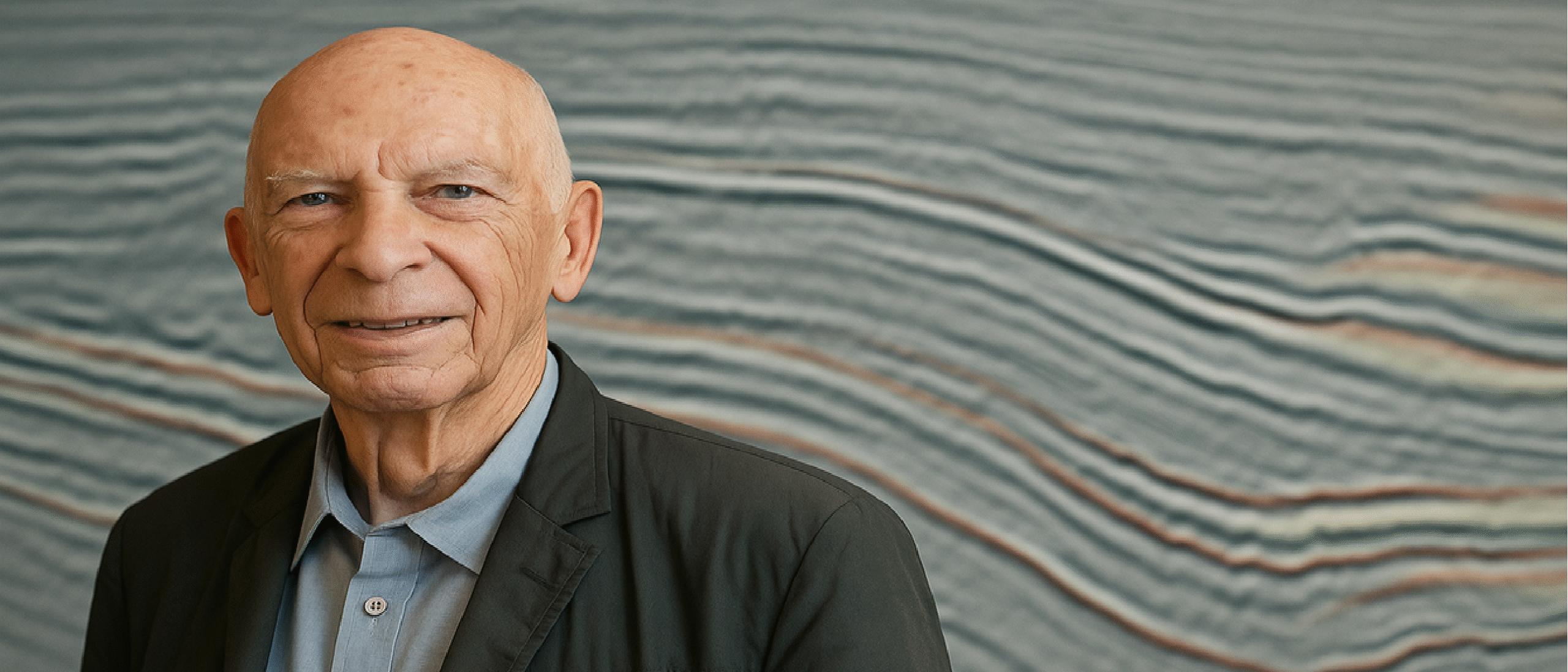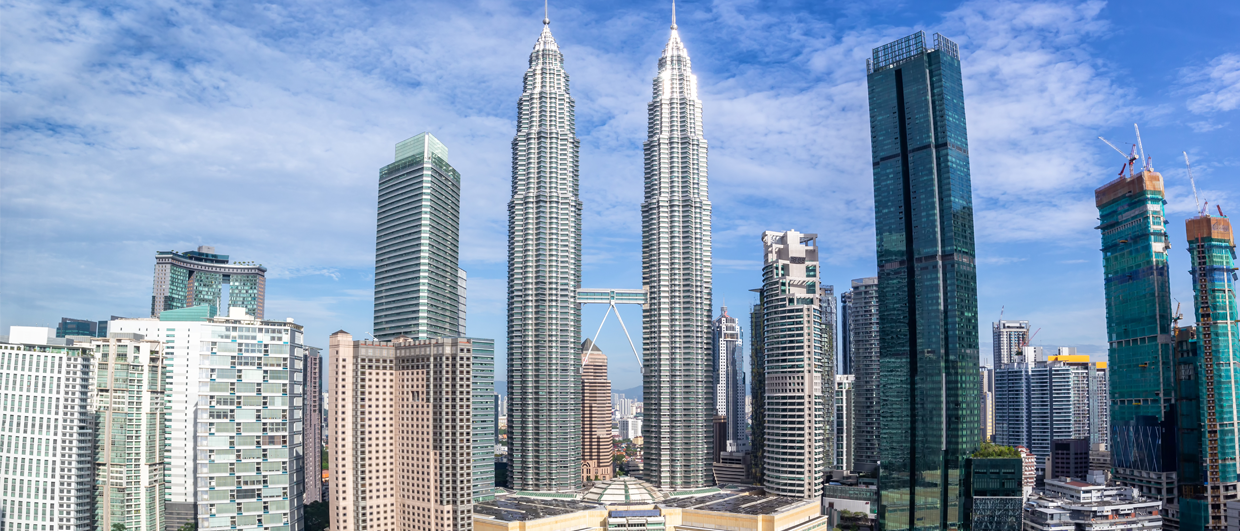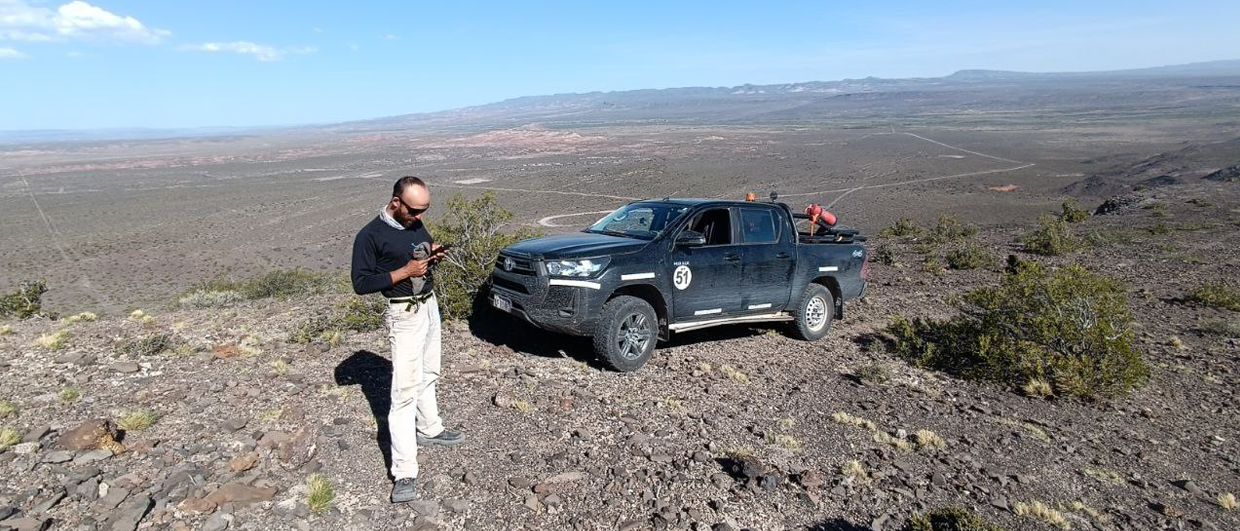I’d like to be under the sea?
In an octopus’ garden in the shade ?
He’d let us in, knows where we’ve been ?In
In his octopus’ garden in the shade
The Beatles – Octopus’s Garden The human ear is an incredible hearing mechanism that allows sound pressures to be picked up and transmitted through auditory nerves to the brain, where signals are interpreted as sound. The ear’s response to sound is non-linear; in judging the relative loudness of two sounds, the ear responds logarithmically. Therefore, physicists and acoustic engineers have adopted a logarithmic scale, known as the decibel (dB) scale, for sound pressure level measurements.
The sound pressure level (SPL) is related to a reference pressure. For airborne sound, the reference pressure is 20 microPascal (µPa) – the approximate threshold of human hearing at 1,000 Hz (roughly the sound of a mosquito flying 3m away). To get a feeling for decibels, look at the table which gives values for the sound pressure level of sounds in our air environment.
The pressure at which sound becomes painful for a human is the pain threshold pressure. The threshold pressure for sound varies only slightly with frequency and can be age-dependent. It is well known that people who have been exposed to high noise or music normally have a higher threshold pressure. A short exposure to 140 dB is seen as the approximate threshold for permanent hearing loss for humans.
‘Big bangs’
One of the world’s worst volcanic eruptions in modern history was the 1883 eruption of the volcano on the small island of Krakatoa in Indonesia. A series of explosions sunk two-thirds of the island and the resulting giant tsunamis and toxic gases brought mass death and destruction to Indonesia. The ground shook in the wake of the blast, which was estimated to be equivalent to 200 megatons of TNT — about four times the yield of the Tsar Bomba, the largest nuclear device ever detonated, in the Novaya Zemlya archipelago in 1961. Shock waves echoed around the world 36 times and lasted for about a month. The bang was heard 4,653 km away on Rodriguez Island in the Indian Ocean. Literature suggests that the sound level was around 180 dB at 161 km (100 miles). Assuming that the sound level falls off as the inverse of distance, the decibel level on Rodriguez Island would still be 150!
Sound sources in air
Examples with distance Examples of sound pressure levels in decibels of sounds in our environment. The pain threshold for humans is 130-140 dB. Any sound above 85 dB can cause hearing loss. The loss is related both to the power of the sound as well as the length of exposure. ‘N’ represents a dB level representative of the object, and not necessarily what the listener would experience at a distance of 1 m.
Sound in water
 Near field measurement of a water gun. The precursor is probably caused by a cavity collapsing inside the water chamber of the gun. The strong signal observed after 32 ms is caused by cavities collapsing in the water.
Near field measurement of a water gun. The precursor is probably caused by a cavity collapsing inside the water chamber of the gun. The strong signal observed after 32 ms is caused by cavities collapsing in the water. An 1888 lithograph of the 1883 eruption of Krakatoa, which is thought to have produced one of the loudest sounds ever heard by man (left). Source: Wikipedia Have you ever wondered why the sky is a lurid red in “The Scream”, Edvard Munch’s 1893 painting of modern angst (right)? Astronomers suggest that Munch drew his inspiration from the vivid red Krakatoa volcanic twilights seen in Europe from November 1883 to February 1884. Used by permission of The National Museum of Art, Architecture and Design, Norway.Great care must be taken when comparing sound levels in water with sound levels in air; 100 dB in water is not the same as 100 dB in air. Two complications must be addressed. Firstly, researchers studying sound in water and air use a different reference pressure. In water, the common reference is 1 μPa, instead of 20 μPa as in air. These two references are, therefore, 26 dB apart (20 log 20 = 26).
An 1888 lithograph of the 1883 eruption of Krakatoa, which is thought to have produced one of the loudest sounds ever heard by man (left). Source: Wikipedia Have you ever wondered why the sky is a lurid red in “The Scream”, Edvard Munch’s 1893 painting of modern angst (right)? Astronomers suggest that Munch drew his inspiration from the vivid red Krakatoa volcanic twilights seen in Europe from November 1883 to February 1884. Used by permission of The National Museum of Art, Architecture and Design, Norway.Great care must be taken when comparing sound levels in water with sound levels in air; 100 dB in water is not the same as 100 dB in air. Two complications must be addressed. Firstly, researchers studying sound in water and air use a different reference pressure. In water, the common reference is 1 μPa, instead of 20 μPa as in air. These two references are, therefore, 26 dB apart (20 log 20 = 26).
Secondly, the impedances (density times velocity) of water and air differ. The impedance ratio is 1,540,000/415, or 3,711. As a result, similar sound intensities (measured in watts per square meter) in water and air will give a pressure that in water is the square root of the impedance ratio lower, or 61 times lower, than that in air, corresponding to a difference of 35.6 dB (20 log 61 = 35.6).
Therefore, to compare airborne sound to waterborne sound, 26 + 35.6 dB, or approximately 62 dB, must be added to the air measurement to obtain the in-water equivalent of the sound pressure level. This compares well with studies on human underwater hearing, which show that the hearing threshold is 67 dB for a signal of 1,000 Hz.
When measuring sound from a source, it is necessary to measure the distance from the source as well, since the sound pressure in homogeneous space decreases with distance with a 1/distance relationship. Therefore, when presenting dB values, they must be related to the reference pressure at a reference distance of one meter. In water, then, the unit is dB re 1 µPa @1m.
A simple example: If a jet engine is 140 dB re 20 µPa @ 1m, then underwater this would be equivalent to 202 dB re 1 µPa. To convert from water to air, simply subtract the 62 dB from the sound pressure level in water. A super tanker generating a 170 dB sound level would be roughly equivalent to a 108 dB sound in air.
The cracker – the first water gun
 S15 water gun. Copyright: SercelThe cracker or pistol shrimp generates a high-frequency signal by creating a water jet into the water. A high velocity water jet will cause cavities because of significant local velocity variations in the water close to the source. Exactly the same principle is used for the seismic water gun, a source that creates water jets that propagate out of four nozzles. The cavity is filled with water vapour, which turns into water molecules again during the collapse. Already by 1917 Lord Rayleigh had derived an equation relating the collapse time t to the radius R of the cavity: , where is the water density andis the hydrostatic pressure in water. This means that the bubble period for a water gun should vary as the cubic root of the volume, and this has been confirmed by experiments.
S15 water gun. Copyright: SercelThe cracker or pistol shrimp generates a high-frequency signal by creating a water jet into the water. A high velocity water jet will cause cavities because of significant local velocity variations in the water close to the source. Exactly the same principle is used for the seismic water gun, a source that creates water jets that propagate out of four nozzles. The cavity is filled with water vapour, which turns into water molecules again during the collapse. Already by 1917 Lord Rayleigh had derived an equation relating the collapse time t to the radius R of the cavity: , where is the water density andis the hydrostatic pressure in water. This means that the bubble period for a water gun should vary as the cubic root of the volume, and this has been confirmed by experiments.
Some of the high frequency signal created by air guns is assumed to originate from small cavities collapsing close to the surface of the air gun. It is believed that the geometrical design of the air gun influences the amount of such cavities. The peak amplitude of a water gun signal is approximately inversely proportional to the hydrostatic pressure, which means that the acoustic signal is stronger for shallow water guns. Correspondingly, we should expect that cavity noise from airguns decreases with depth.
Today, water guns are rarely used in seismic acquisition, because they are less repeatable and more impractical than air guns, (although the pistol shrimp is still using this fascinating technology.)
In order to create a cavity, a minimum value for the water jet velocity is required. Using the Bernoulli equation and assuming zero water velocity outside the water jet, we get the following approximation for this critical velocity: . For a water gun, a vessel propeller, or a cracker at 5m depth the critical velocity is17 m/s. The water jet created by the cracker is approximately 27 m/s, well above this critical velocity. For a water gun, typical shuttle velocities might be as high as 60 m/s, also well above this critical limit. This critical velocity increases with depth, so that at 100 m depth the critical velocity is 47 m/s.
Sound sources in the sea
 Operation of a S15 water gun. Air pushes water through the portholes creating cavities that collapse and create a strong high frequent acoustic signal. Copyright: SercelExamples
Operation of a S15 water gun. Air pushes water through the portholes creating cavities that collapse and create a strong high frequent acoustic signal. Copyright: SercelExamples
 Lasse Amundsen is Chief Scientist Exploration Technology at Statoil. He is adjunct professor at the Norwegian University of Science and Technology (NTNU) and at the University of Houston, Texas.
Lasse Amundsen is Chief Scientist Exploration Technology at Statoil. He is adjunct professor at the Norwegian University of Science and Technology (NTNU) and at the University of Houston, Texas. Martin Landrø is a professor in Applied Geophysics at the Norwegian University of Science and Technology (NTNU), Department of Petroleum Engineering and Applied Geophysics, Trondheim, Norway.
Martin Landrø is a professor in Applied Geophysics at the Norwegian University of Science and Technology (NTNU), Department of Petroleum Engineering and Applied Geophysics, Trondheim, Norway.





